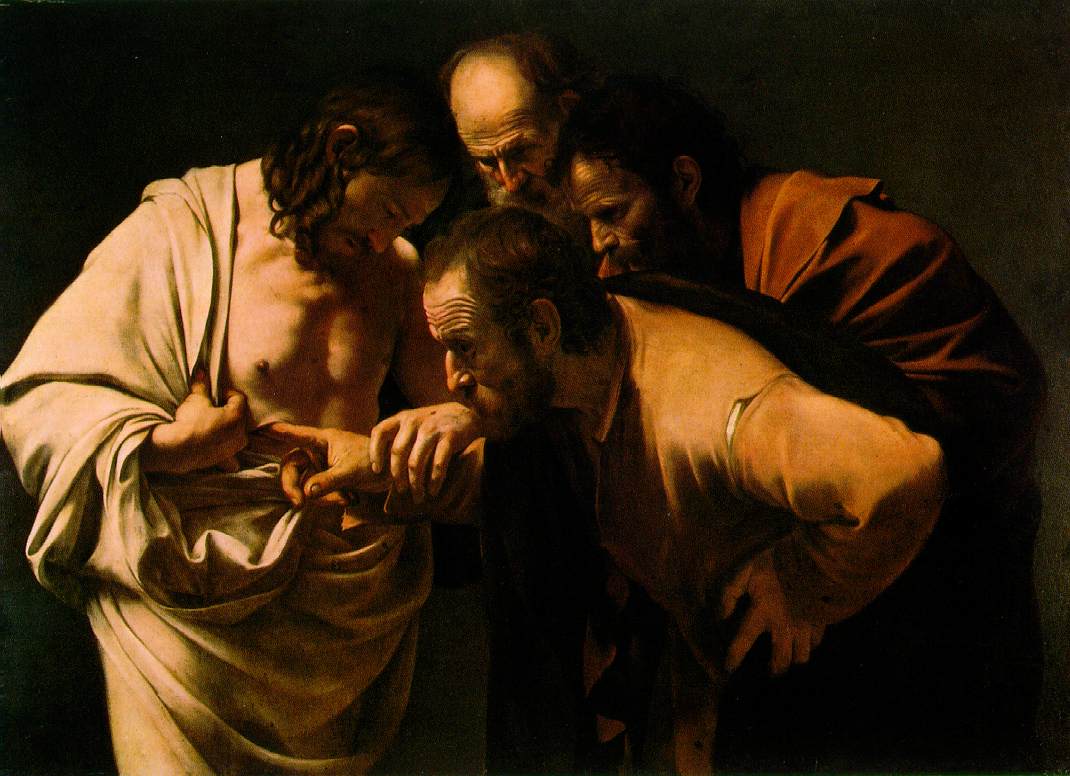It made sense last week in New Orleans during our visit one afternoon that he would want to talk about the last letter his son Malcolm had written to him. Malcolm had died last March at the age of twenty-four, and Michael and his wife Maureen just observed the first anniversary of their son’s death.
Michael did not have a copy of Malcolm’s short letter in front of him, but he had its contents memorized. As though the letter were lying flat on the table in front of him, Michael moved his finger through line after invisible line of what his son had written. It was a simple message of the love Malcolm had had for his parents and his family.
When Michael came to the P.S. of the letter, he had to stop. How much the words he wanted to read meant to Michael was obvious from the emotion that prevented him at first from continuing. How much the words meant to him was obvious from the determination with which Michael finally managed through tears to recite his son’s last words.
It had been two years since the last visit that Michael and I had arranged, another afternoon in New Orleans with just the two of us at first, joined later by Maureen, ultimately all of us at the family dinner table with Malcolm. There was no way Michael and I could have had a subsequent visit without talking about Malcolm. There might have been if Michael were another sort of man, another sort of father, another sort of friend.
Because Michael was the sort of friend he was, though, I ventured in time to talk about issues that had brought me into therapy during those two years we had not seen one another. What I told him of the circumstances of my own growing up revealed a part of my story that he had never guessed. What I told him of the losses of the past several years was met by understanding attention.
We both of us offered at times in the afternoon’s conversation to defer to the comfort of the other and move on to other topics. Neither of us really wanted to, however.
The fact we had neither of us ever foreseen sitting across from a friend of thirty years and talking about these kinds of loss did not seem a reason to avoid them as subjects of conversation. On the contrary, it seemed the reason to move into them, to let the tears come when they would, to ask the questions of one another that occurred to one or the other of us as our two hours together passed.
Near the close of our visit, Michael recalled the walk into Carlsbad Caverns that he and I had made together on a vacation in our twenties. He mentioned the way I had listened to him for over an hour as he spoke about the poet Gerard Manley Hopkins during our descent into the caverns. He was finding a cue in our common past to express his gratitude to have someone there this past week in New Orleans listening to what he wanted to say.
At the start of this Second Week of Easter, the Gospel narrative of Doubting Thomas was read in churches throughout the world. Today it is my turn to express gratitude for the trust with which someone offered to let me touch his wounds and to come to believe afresh that we are none of us alone.

"The Incredulity of St. Thomas" by Caravaggio from Ibiblio

5 comments:
beautifully and sensitively written. Well done, sir.
I notice in the Carravagio that Christ is holding Thomas' hand and placing it in the wound. What invitation and grace.
You were certainly one who taught me how to listen. Thank you for listening once again, this time to my son's story. And thank you, too, for sharing some of your story with me.
The Caravaggio is perfect.
Michael (and Maureen)
I too noticed in the painting how Jesus brings the hand of a reluctant Thomas to the wound. Caravaggio's Jesus seems to know what will be for the good of his followers as well as what he himself most wants to ask of each man or woman able to face the enormous mystery of human life with him.
There is no story so sad, so trying, so tearful that the invitation to an amazing intimacy can't be heard.
Your words and this painting inspired me to make it the desktop on my computer at work. Today afterschool I had the most marvelous conversation with a student about it after she noticed it and bagan asking questions. We talked about the story in the Gospel, about the different ways different people take in truth, the different ways we offer ourselves as evidence of life and hope, wounds and all.
Thank you for helping facilitate that conversation.
I can imagine the kind of conversation you might have had with a student about this painting. Lucky student. Lucky you. Lucky story.
Post a Comment